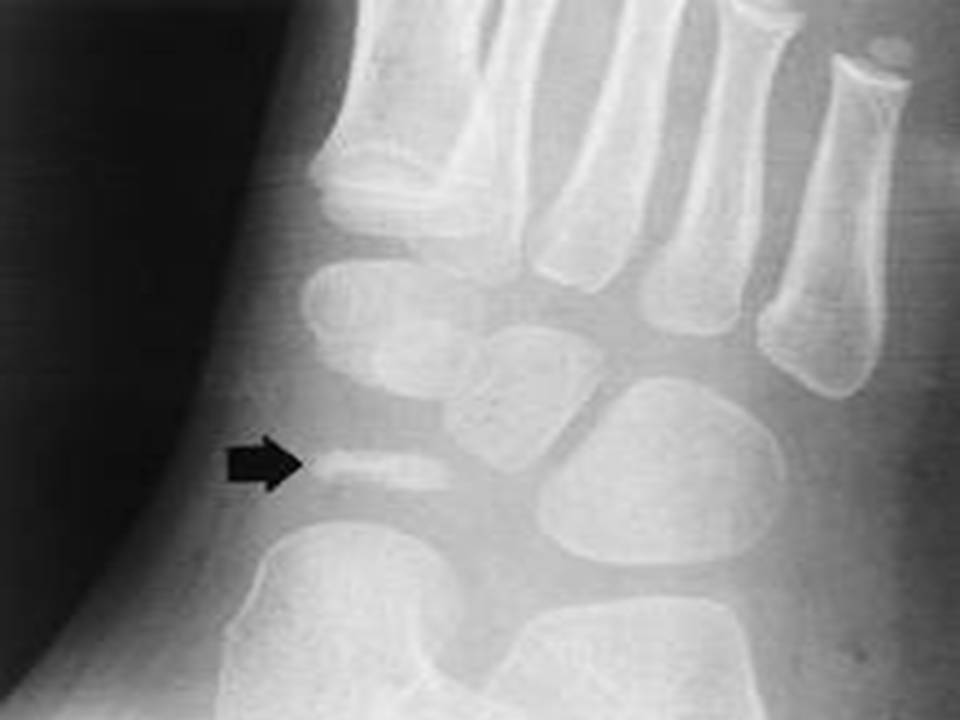Connect With Us
Kohlers Disease
Kohler’s disease is a rare bone disorder of the foot found in children between six and nine years of age. The disease typically affects boys, but it can also affect girls.
It is caused when the navicular bone temporarily loses its blood supply. As a result, tissue in the bone dies and the bone collapses. When treated, it causes no long term problems in most cases although rarely can return in adults. As the navicular bone gets back to normal, symptoms typically abate.
What are the Symptoms of Kohler’s Disease?
Sufferers experience pain and swelling in the middle part of the foot and usually limp as a result. Patients that walk with a limp tend to walk with increased weight on the lateral side of the foot. Also, there can be tenderness over the navicular. Patients often complain of pain over the apex. An X-ray of both feet is used to diagnose disease. The affected foot tends to have a sclerotic and flattened navicular bone.
What is the Treatment for Kohler’s Disease?
Treatment usually involves resting the affected foot, taking pain relievers and trying to avoid putting pressure on the foot. In acute cases, the patient is often fitted with a cast that stops below the knee. The cast is usually worn for 6 to 8 weeks. After the cast is taken off, some patients are prescribed arch support for about 6 months. Also, moderate exercise is often beneficial, and physical therapy may help as well.

Prognosis for children with this disease is very good. It may persist for some time, but most cases are resolved within two years of the initial diagnosis.
